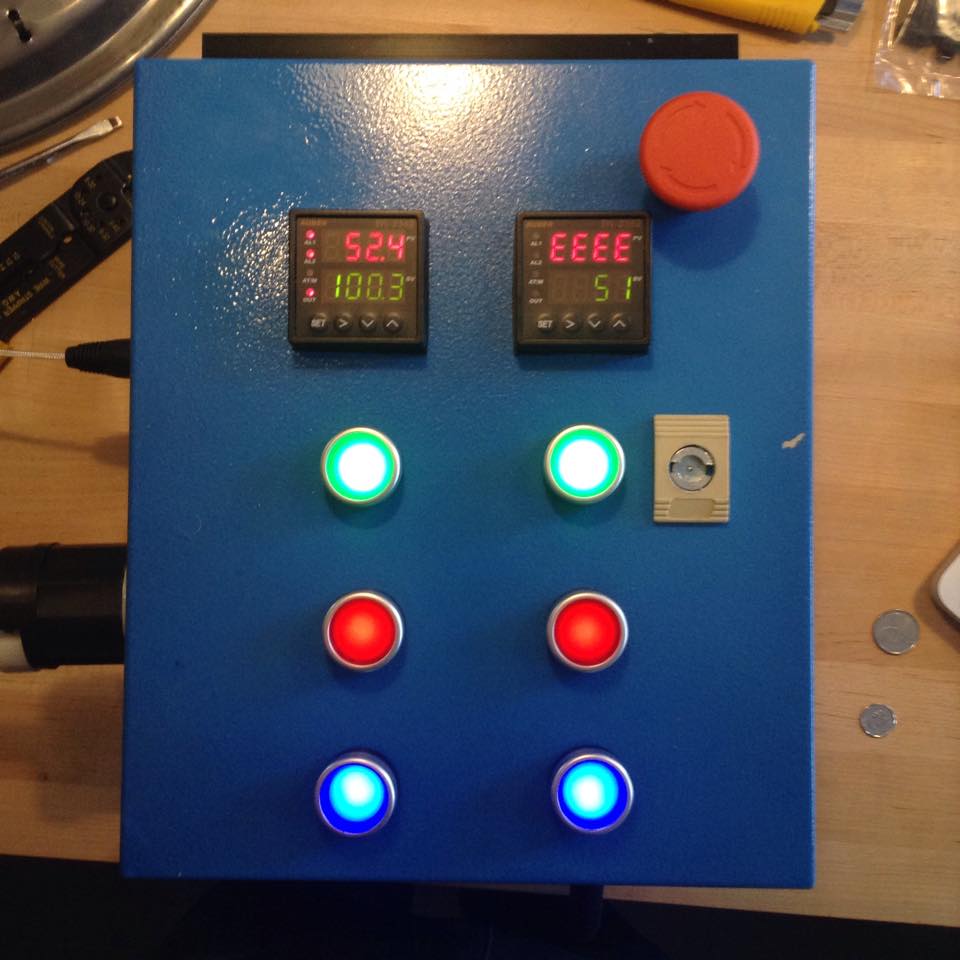I think you have a misunderstanding of the concept that I'm discussing here. There will be thermal losses from where the wort leaves the HEX and the convergence of the internal mash temperature at equilibrium. This includes, but is not limited to: losses from fittings, hose, thermometers/temp sensing hardware, and the MLT itself to surrounding air and conduction to adjacent material (i.e. brew stand). Your goal is to maintain a certain temperature of the main thermal mass of the mash, not the small amount of circulating wort which only passes through the HEX for a matter of seconds. To do that, you must compensate for the heat losses (which is usually just a couple-few degrees) by heating the circulating wort with that delta added. If you know the delta, that will be constant unless you brew outdoors. Manually entering the delta is well worth the flexibility of use of your HLT in my experience.
Whether manually entering your HLT to mash + delta or leaving it up to PID logic, that delta is being used to maintain your mash temp either way, unless your probe feedback is taken at HEX output. If you are using the output of the HEX for HLT PID feedback, you will find that the main thermal mass of your mash will be a couple degrees cooler (equal to your delta value) than your desired mash temp value because that process setup does not take the losses into account. If, for some reason, you do not observe any loss between your HEX output and your mash temp (I've only heard one person make this claim), then it doesn't matter where you place the RTD and you can set your HLT to match your desired mash temp.
I don't know who the OEM is, but I'm guessing it's not the same as just any other dial thermometer. I've use plenty others in my brewing years, and none have had the accuracy and maintained calibration like the Blichmanns.



















































![Craft A Brew - Safale BE-256 Yeast - Fermentis - Belgian Ale Dry Yeast - For Belgian & Strong Ales - Ingredients for Home Brewing - Beer Making Supplies - [3 Pack]](https://m.media-amazon.com/images/I/51bcKEwQmWL._SL500_.jpg)







